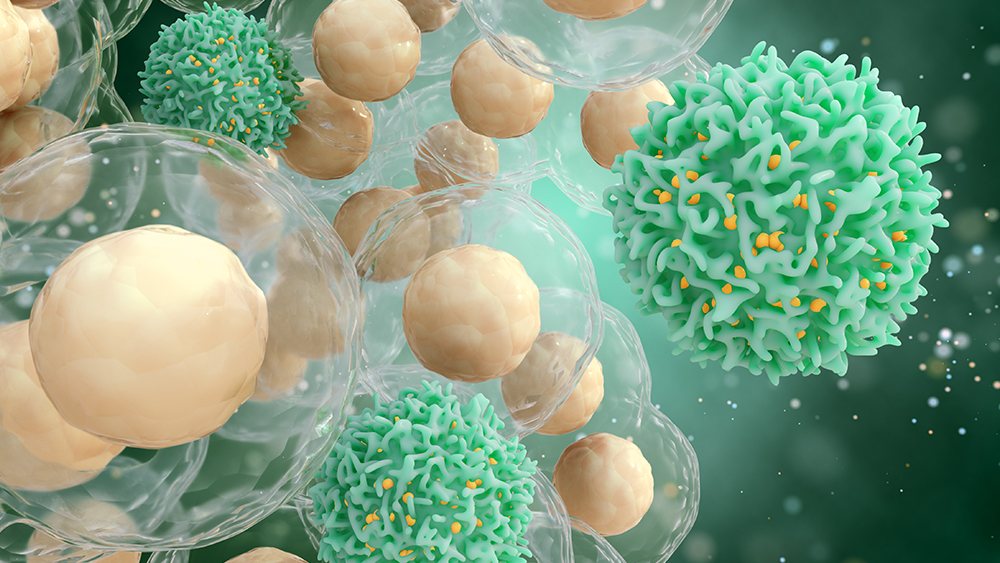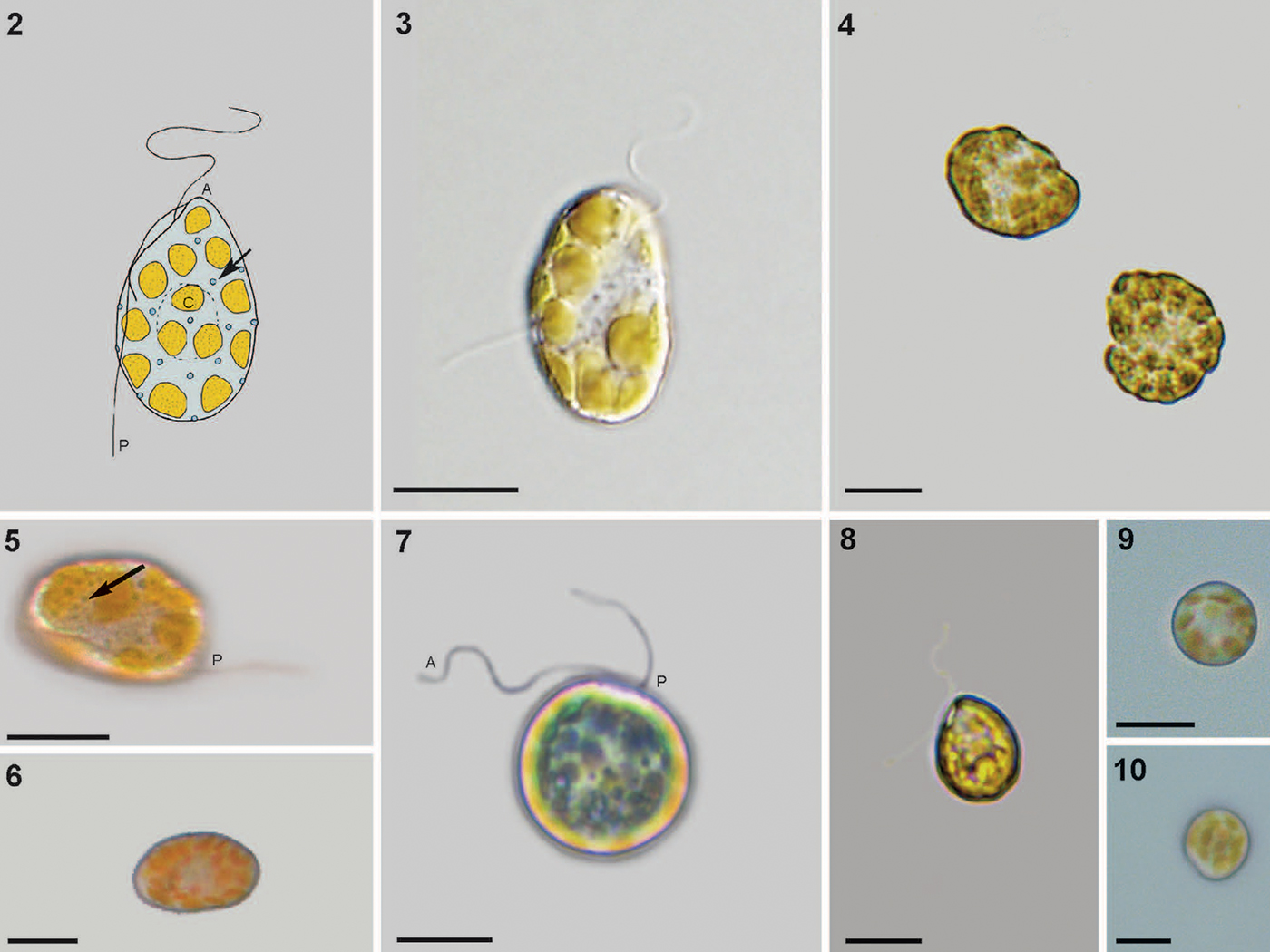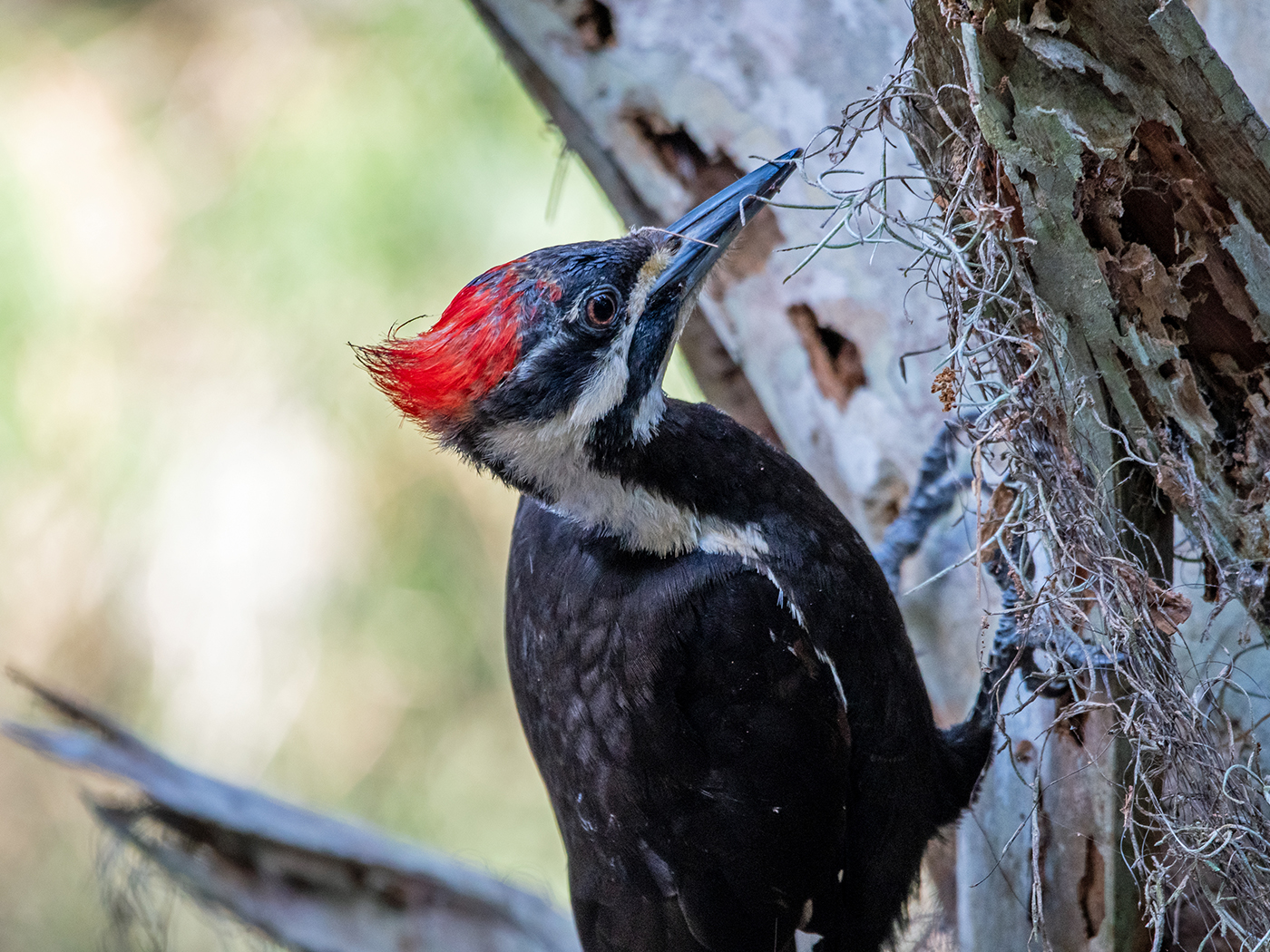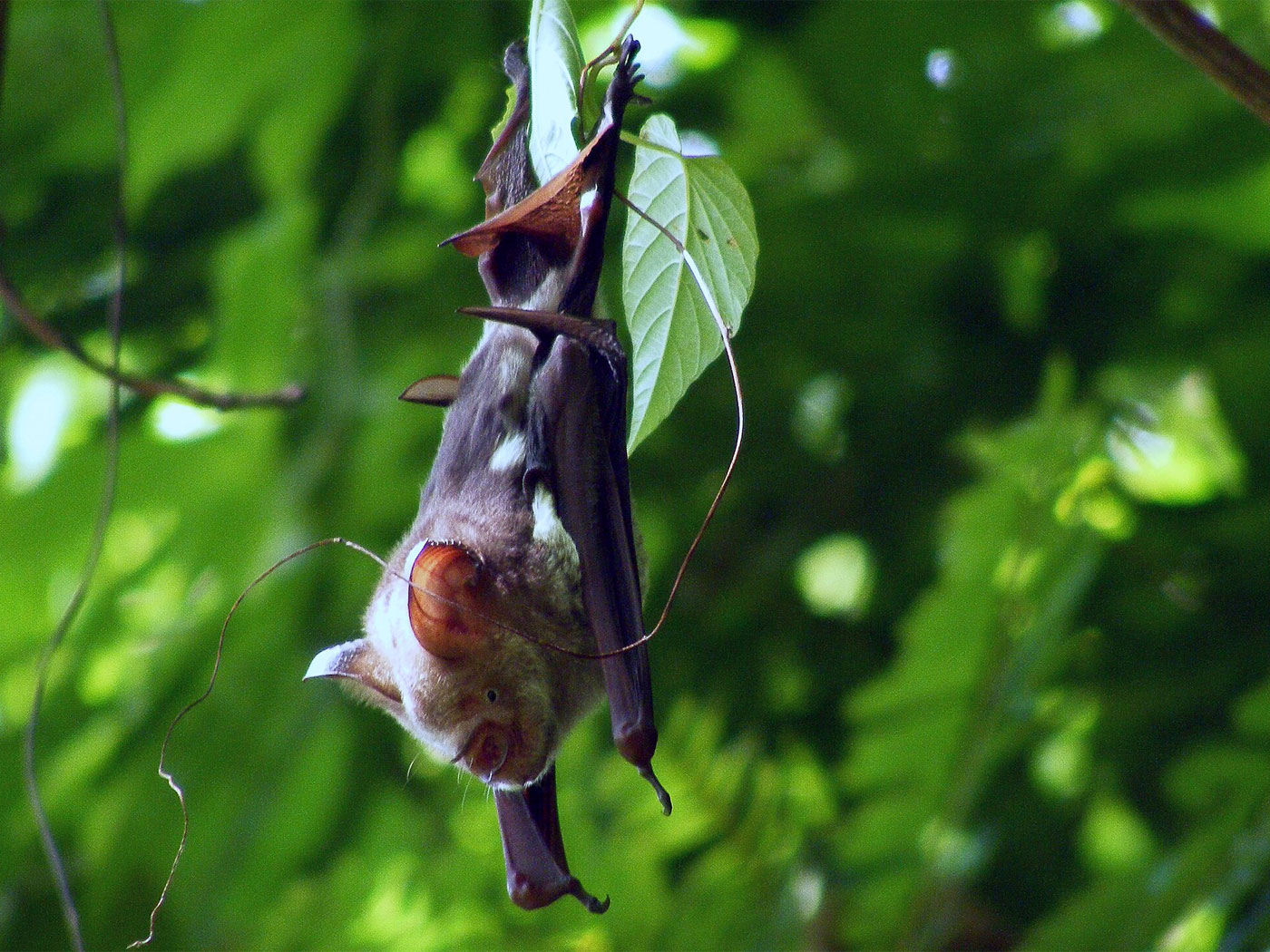By way of background, the standard account of evolution is a two-step process that supposedly explains how adaptation and evolution happen. These steps are actually assumptions. The first is that the genetic variability needed to fuel evolution is produced through random genetic mutations within a population of creatures.
Mutations drive evolution and were assumed to occur by chance: constantly, gradually, roughly uniformly in genomes, and without regard to environmental inputs…The assumptions of purely ‘chance’ mutations that occur constantly, gradually, and uniformly in genomes have underpinned biology for almost a century….1
Randomness and lack of purpose infuse this evolutionary belief with anti-design characteristics. Any type of “directed” mutation could open the door to purposefully engineered mechanisms. Directed mutation has always been regarded as a threat to the basic “design without a Designer” thrust of evolutionary theory.2
The second step envisions that this genetic variability is somehow fractioned out in a given population through deadly struggles to survive. The physiological and anatomical traits of the population gradually become better fitted to their environment. Only a very small number of survivors go on to reproduce and pass on the so-called “fittest” genes. Thus, selectionists believe that thanks to natural selection, we have the marvelous variety of creatures we see in our world.
But increasing research demonstrates that these longstanding assumptions may be completely invalid. ICR has already reported on numerous recent studies that undermine the idea that genetic changes (still called “mutations”) happen randomly.3 Other literature reviews of adaptive mechanisms report,
These mechanisms reveal a picture of highly regulated mutagenesis, up-regulated temporally by stress responses and activated when cells/organisms are maladapted to their environments—when stressed—potentially accelerating adaptation. Mutation is also nonrandom in genomic space, with multiple simultaneous mutations falling in local clusters, which may allow concerted evolution…Molecular mechanisms of stress-inducible mutation change ideas about evolution…suggesting that regulated mutagenesis may be the rule, not the exception….1
Now research on colorectal cancer cells published in an article titled “Adaptive mutability of colorectal cancers in response to targeted therapies” by Mariangela Russo et al, at the Candiolo Cancer Institute in Italy finds further evidence of mechanisms leading to the purposeful manipulation of DNA.4
Colorectal cancer cell lines were treated with an antibody that blocks a sensor on the cell surface. This resulted in most of the cells dying, but some resistant cells survived. In the population of resistant cells, the team found that, during treatment, specific DNA repair genes and recombination genes were downregulated. But error-prone DNA polymerases increased. This increased genomic instability was repeatable and predictable throughout the experimental trials. This indicates that the genomic instability in the cancer cells is a regulated stress response that increases the likelihood of a cell evading the effects of the drug. Russo found that if drug therapy was stopped within two weeks, the DNA repair mechanisms returned to normal. However, they remained permanently changed if exposed to longer treatment regimens. The elements of the system linking the detection of the drug to the changes in regulation of DNA repair mechanisms aren’t yet fully understood.
A similar resistance to drug therapy, but by different mechanisms, was reported in a paper titled “Malaria parasites fine-tune mutations to resist drugs” by Leann Tilley and Philip J. Rosenthal in Nature.5 They describe fascinating discoveries by Jonathan Kim et al that directly imaged a microscopic transporter protein in a membrane of the parasite Plasmodium falciparum, the leading cause of malaria in some regions of Africa.
The transporter protein PfCRT is necessary to facilitate movement of at least two anti-malarial drugs. This allows them to build up or leave a structure inside P. falciparum. When the drug concentration builds up, it’s lethal to the parasite. Two specific genetic changes that result in two different single amino acid substitutions will allow one or the other drug to escape and not kill the parasite.
The research doesn’t report on whether these genetic changes are believed to be random or somehow internally regulated. What is known is that the changes consistently happen at the same site in the DNA when exposed to either of the anti-malarial drugs. Consistency of response is indicative of engineered mechanisms—not random activity. Tilley and Rosenthal conclude,
The authors propose that the distribution of surface charges in the cavity [the means of drug resistance] can be fine-tuned so that the initial binding of a drug to PfCRT, and its subsequent release for transport, is different for different drugs, thereby producing distinct effects on drug sensitivity. Taken together, Kim and colleagues’ findings show that P. falciparum is engaged in an ongoing balancing act, generating mutations that block the action of different drugs while maintaining optimal fitness of the parasite.
These “mutations” aren’t random in the genome but precisely targeted and are inconsistent with evolutionary theory. The precision of those genetic changes produces responses that are characterized as rapid and repetitive—indeed predictable—and are expected from the organism-focused, engineering-based model for adaptation we call continuous environmental tracking (CET).6 This model assumes that biological functions like adaptation are best explained by engineering principles tied to the pre-existing, internal capacity of creatures. Just as important, CET rejects selectionism and its mystical “selection events.” Anti-parasitic and cancer drugs don’t have minds that can “select” anything.
Scientific models based on engineered causes explain the phenomenon.
References
1. Fitzgerald, D. M. and S. M. Rosenberg. 2019. What is mutation? A chapter in the series: How microbes “jeopardize” the modern synthesis. PLoS Genetics. 15(4): e1007995.
2. Guliuzza, R. J. 2018. Engineered Adaptability: Adaptive Changes Are Purposeful, Not Random. Acts & Facts. 47 (6): 17-19.
3. Guliuzza, R. J. 2018 Engineered Adaptability: Adaptive Solutions Are Targeted, Not Trial-and-Error. Acts & Facts. 47 (7): 17-19.
4. Russo. M. et al. 2019. Adaptive mutability of colorectal cancers in response to targeted therapies. Posted on sciencemag.org on November 7, 2019, accessed November 26, 2019. doi:10.1126/science.aav4474, 2019.
5. Tilley, L. and P. J. Rosenthal. 2019. Malaria parasites fine-tune mutations to resist drugs. Posted on nature.com on November 27 2019, accessed December 6, 2019. doi: 10.1038/d41586-019-03587-0
6. Guliuzza, R. and P. Gaskill. 2018. Continuous environmental tracking: An engineering framework to understand adaptation and diversification. In Proceedings of the Eighth International Conference on Creationism, ed. J. H. Whitmore, 158–184.
Randy Guliuzza is ICR’s National Representative. He earned his Doctor of Medicine from the University of Minnesota, his Master of Public Health from Harvard University, and served in the U.S. Air Force as 28th Bomb Wing Flight Surgeon and Chief of Aerospace Medicine. Dr. Guliuzza is also a registered Professional Engineer.
























